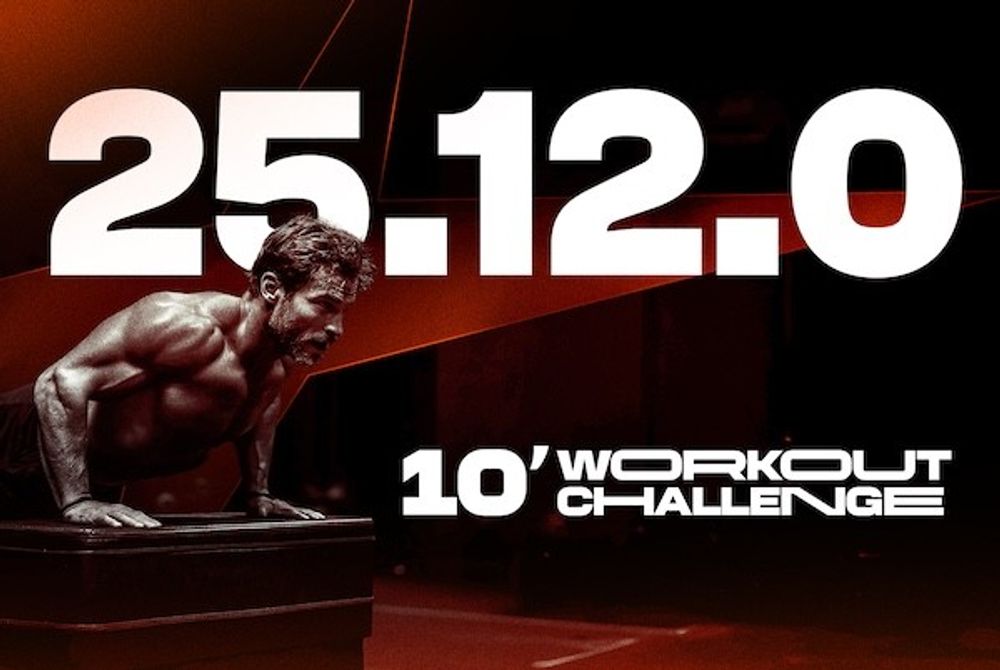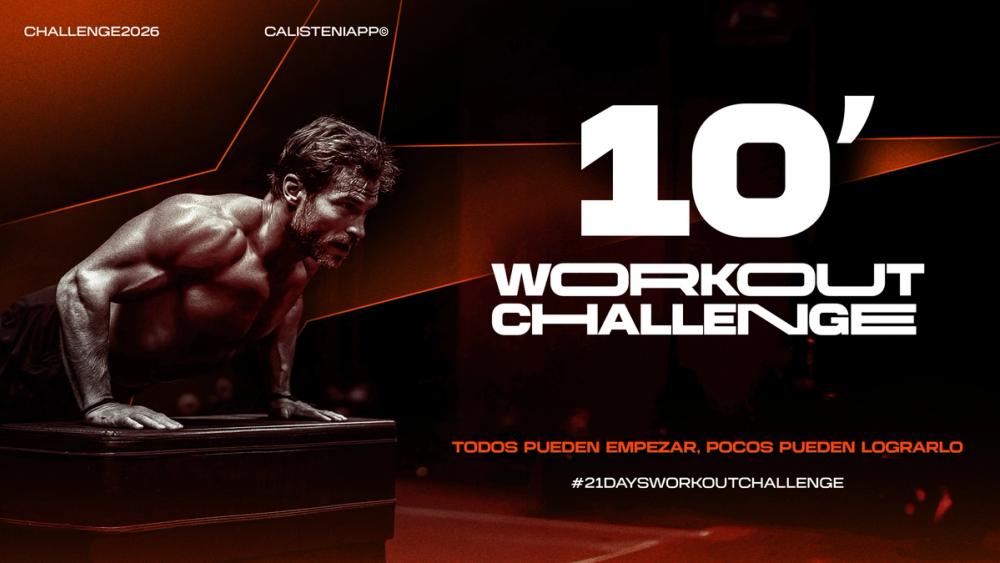
All Calisthenics Static Holds Explained + Full Diagram
A detailed breakdown of all calisthenics statics. Learn about muscle activation, movement patterns, and precise execution for every isometric skill.

About 6 years ago (in 2018) I was at my best in planche, it was easy for me to do elements like full planche and even some more difficult variations, but unfortunately I had an injury in the area of my right forearm, which I thought had affected my biceps tendon. This made me have to stop abruptly with all the static and dynamic elements and go back to training only basics.

After a few months I tried to resume training planche but the injury had not healed completely well, it continued to bother me and I did not feel confident at all. It still caused me pain even doing pulling exercises, so doing planche comfortably seemed unattainable.
During these years I changed my training approach and focused on trying other things: doing more basic exercises, resistance, weighted exercises, training more legs, trying different training methods etc. Which had its learning and its positive parts. But the truth is that I was sad not to be able to continue doing planche even occasionally.
Luckily, everything changed during this year 2024, where I discovered an approach to dealing with, healing and rehabilitating injuries that has helped me a lot, and that I explain to you in this article.

Thanks to this method, I was able to completely cure the problem I had in my forearm and when I started trying planche again I felt tremendously good, since I did not notice any discomfort or strange sensation in the area, beyond a certain mental block due to past traumas.
From that moment on, I could not avoid the temptation to train planche again, although it is not currently my priority in my goals. In addition, it coincided with the fact that my friend Rodri, known as RSworkout, came to live in Tenerife and he is also training planche, so I was able to have a good advisor and training partner.
The interesting thing, and what I want to share with you in this video, is that I decided to take a simple approach to planche training, where I would use just a few exercises that, in my experience, were the most effective. And boy did it work, in just a few weeks I was already getting my full planche back, I'm even starting to try difficult variations and combinations of both full and straddle and I feel like I can continue to make even more progress in the coming weeks.

So, without further ado, let's see what these exercises are, how each of you can adapt them to your level and then the technical explanation.
The first exercise I used and the one I consider the most important is the handstand negatives with bent elbows.
You see, it is known in the training world that very high intensity negatives are one of the most effective ways to gain strength. Well, the calisthenics version of planche is to do negatives from a handstand.
The problem is that when you don't have enough strength yet, if you try to do negatives with your elbows locked, it may be too much for you and you'll fall quickly, so it wouldn't be as effective.
This is where the elbow bending variant comes in, which will help you to keep the negative much more controlled, perform it slowly and get seconds in which the muscles are working, accumulating a lot of time under tension in each set. Obviously, the key to this exercise is to try to make the negative as slow as possible, and if you can then hold the final position to add more work time. If you still can't hold the final position, focus on making the descent very slow and controlled, don't rush when lowering.

Just by doing 3 or 4 repetitions of these negatives with long rests between them you can accumulate more than 20 seconds of time under tension in a workout. While if you were to do straight lunges or negatives with locked elbows you probably wouldn't accumulate even half of that time.
Depending on your level you can do these negatives in tucked, straddle, full or any progression in between. And if you haven't mastered the handstand yet, I think it's crucial that you focus on acquiring this skill first, as, as you can see, it's a tool that will multiply the speed of your progress in planche training. Here's an article in which I explain the keys to learning the handstand.
I highly recommend that you try these exercises for a while and enjoy the results.
Having said all of the above, if in your personal case there is any progression where you can do the negative with your elbows locked and it lasts at least 5 seconds total is also a very effective exercise and is one I have been working on.
Whether it is tucked, straddle or full, depending on your level. But remember, only if you can do it in a controlled and long negative, otherwise focus on the progressions with bent elbows.

Continuing with the progression, if you can do attempts starting on the frog position, whether tucked, straddle, full or one of the progressions in between, it will obviously be an effective exercise, but only if you can make them last at least 3 seconds. If the attempts are shorter than that, they will not give enough stimulus to the musculature to make it worth using them in training.

Now that you know the exercises, I'll leave you with an example of how a routine could look for someone who is taking their first seconds of straddle and wants to advance to having a solid straddle and being able to do the full planche.

As you can see, I try to place the exercises that are most intense at the beginning and then order them from most difficult to easiest. I recommend using long rests of at least 2'30" and up to 5' if necessary. You can see the routine here in case you want to add it to your Calisteniapp account and there you can modify it to your liking and adapt it to your level.
I hope the article is very helpful, I will try to keep you informed about my progress both here and on Instagram where you can follow me at @yeraialonso. I am quite motivated to continue improving and even to try to get a solid front lever, which was so difficult for me at the time.
By Yerai Alonso

Yerai Alonso
Cofundador de Calisteniapp, referente en calistenia y el street workout en Español. Con más de una década de experiencia, es creador de uno de los canales de YouTube más influyentes del sector. Autor del libro La calle es tu gimnasio, campeón de Canarias y jurado en competiciones nacionales e internacionales.
Join our newsletter
Learn everything you need to know about calisthenics

A detailed breakdown of all calisthenics statics. Learn about muscle activation, movement patterns, and precise execution for every isometric skill.

Calisteniapp v25.12.0 introduces program pause, performance improvements, and the 10’ Workout Challenge 2026. No shortcuts, just better tools

Start training or give your routines a boost with this 21-day Calisthenics challenge for all levels that will put your discipline to the test.
